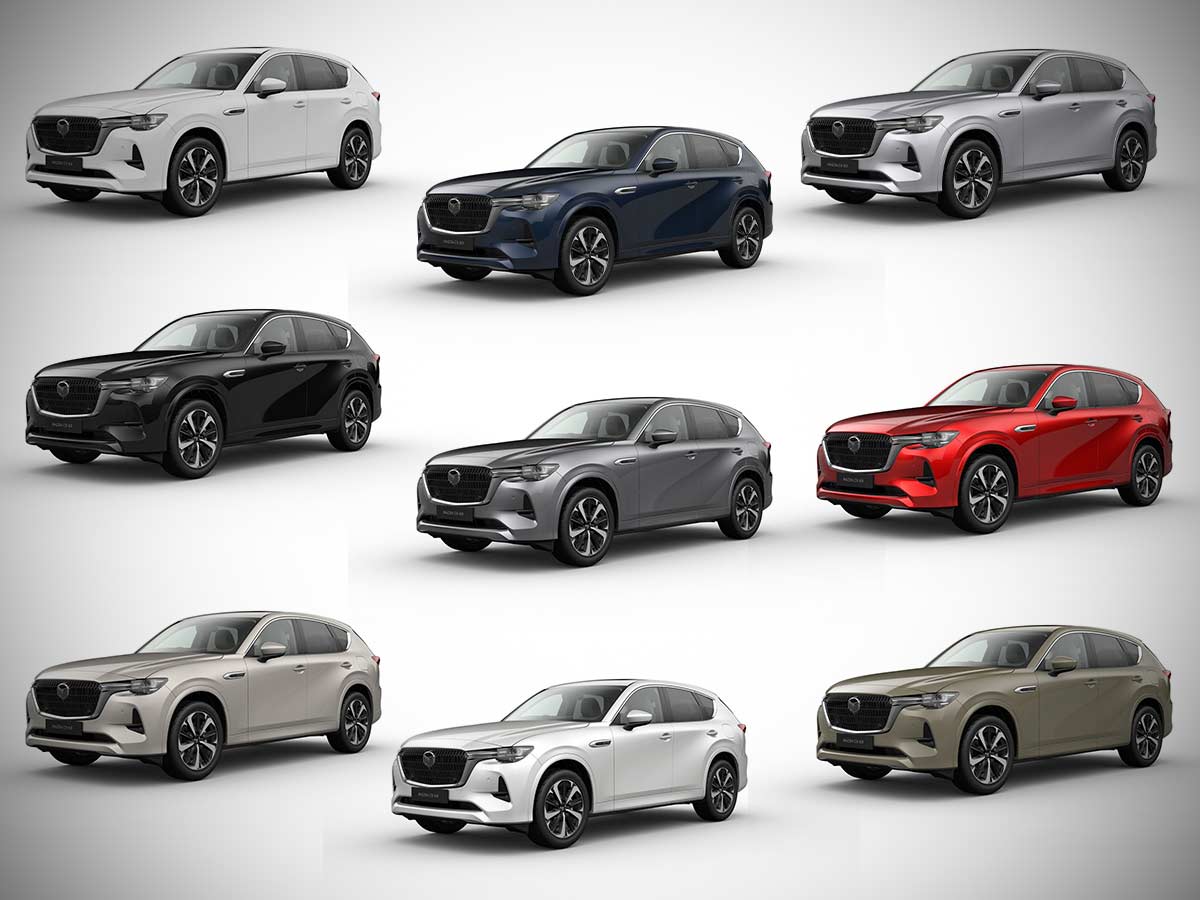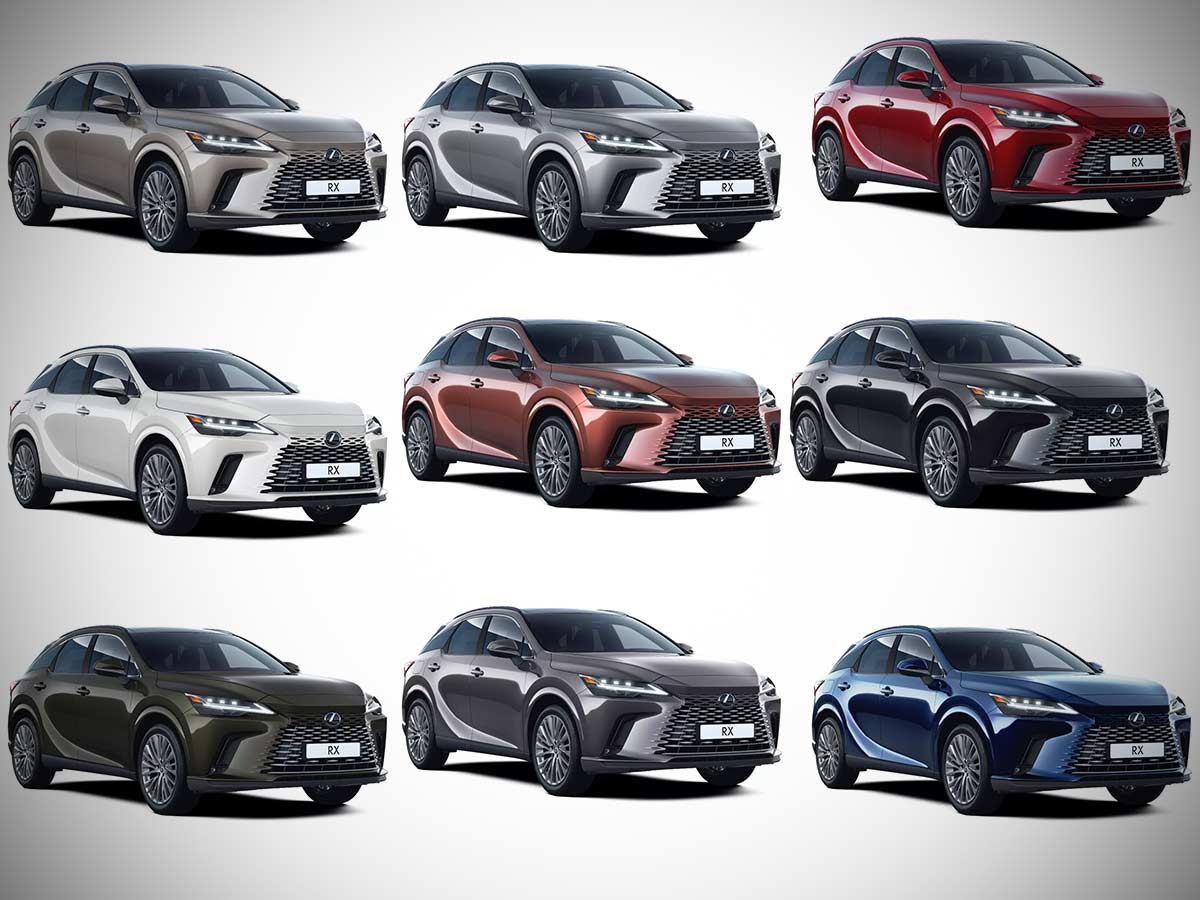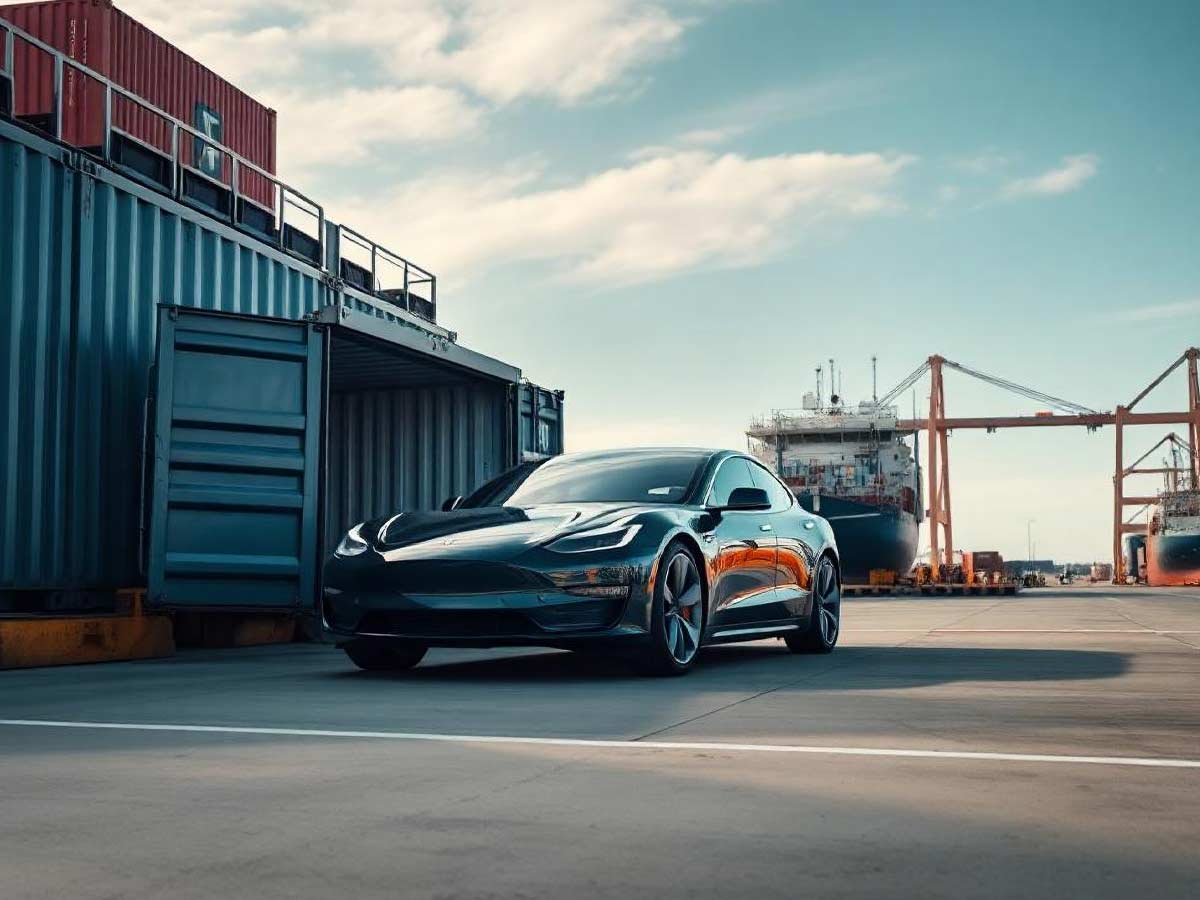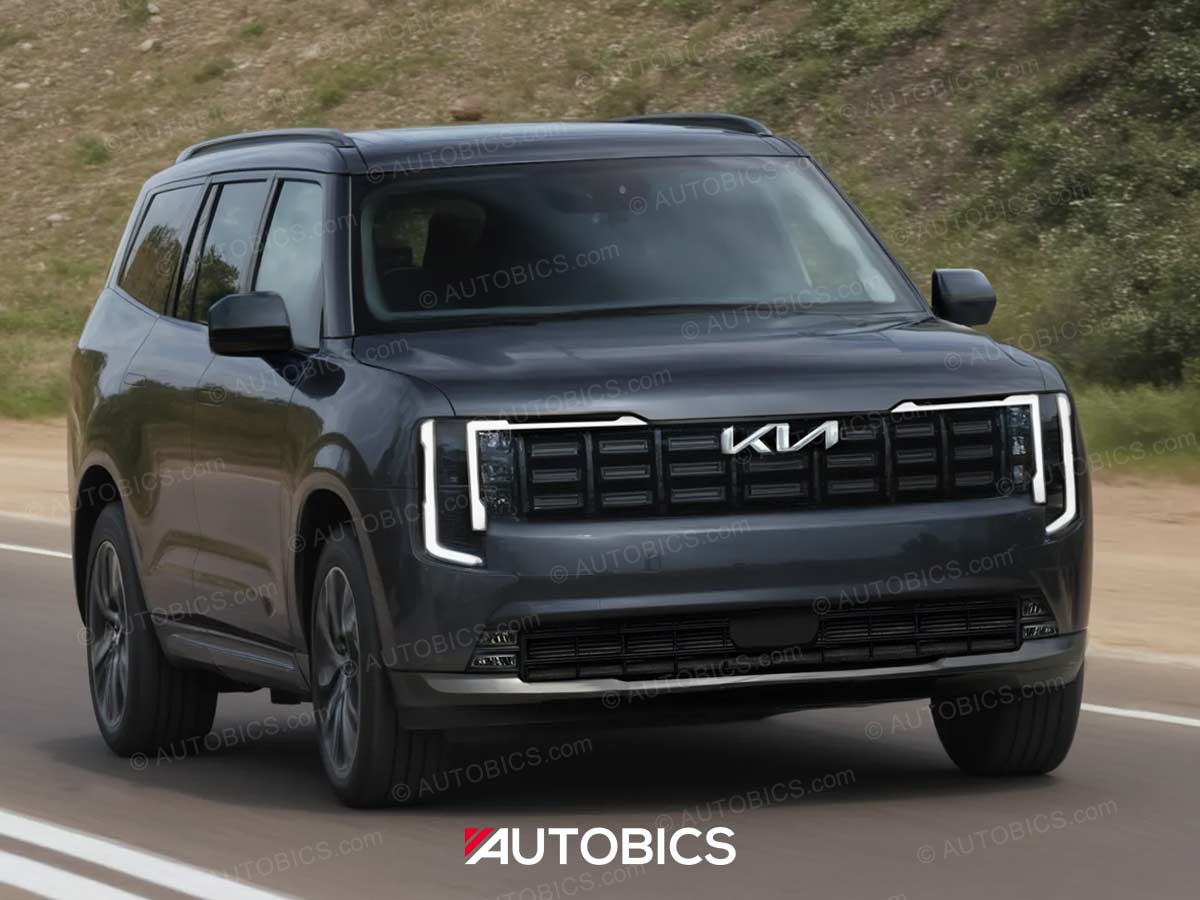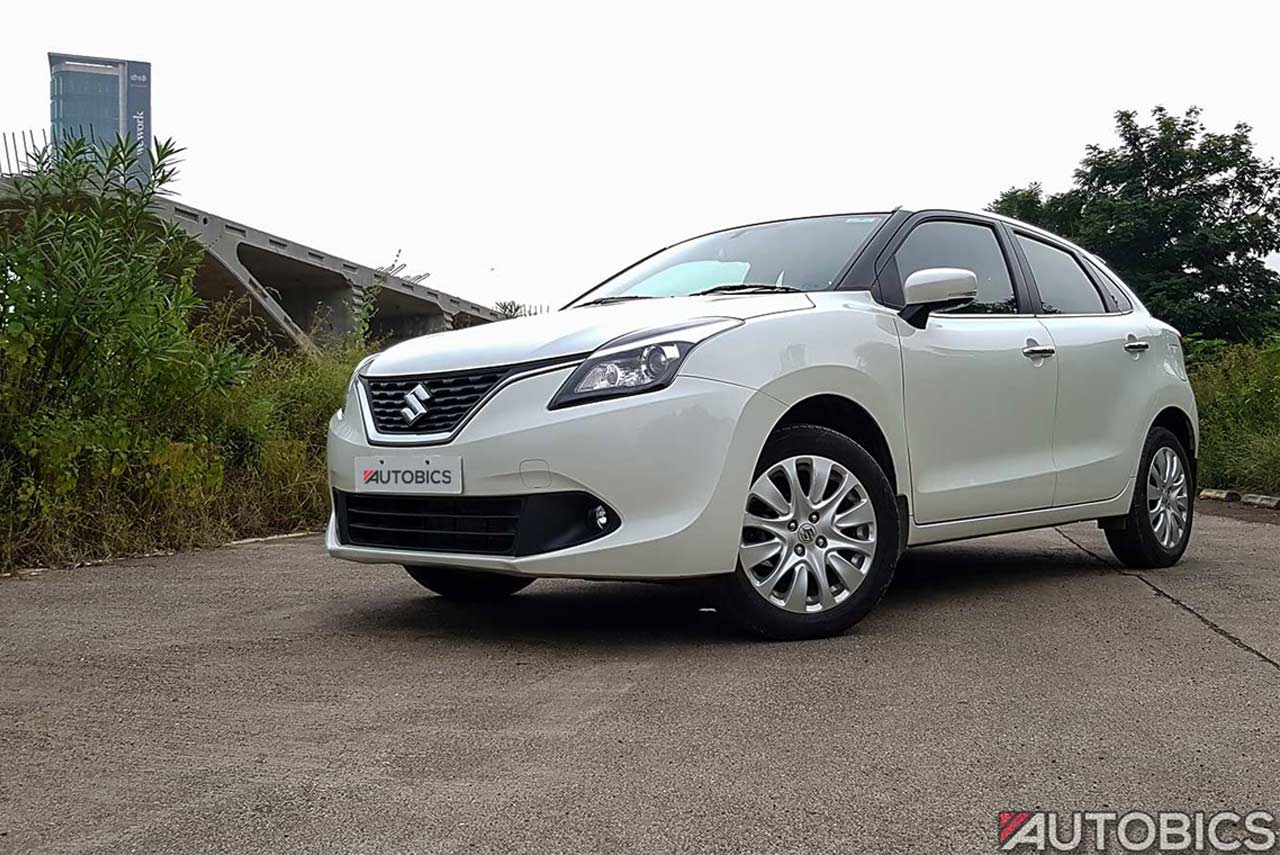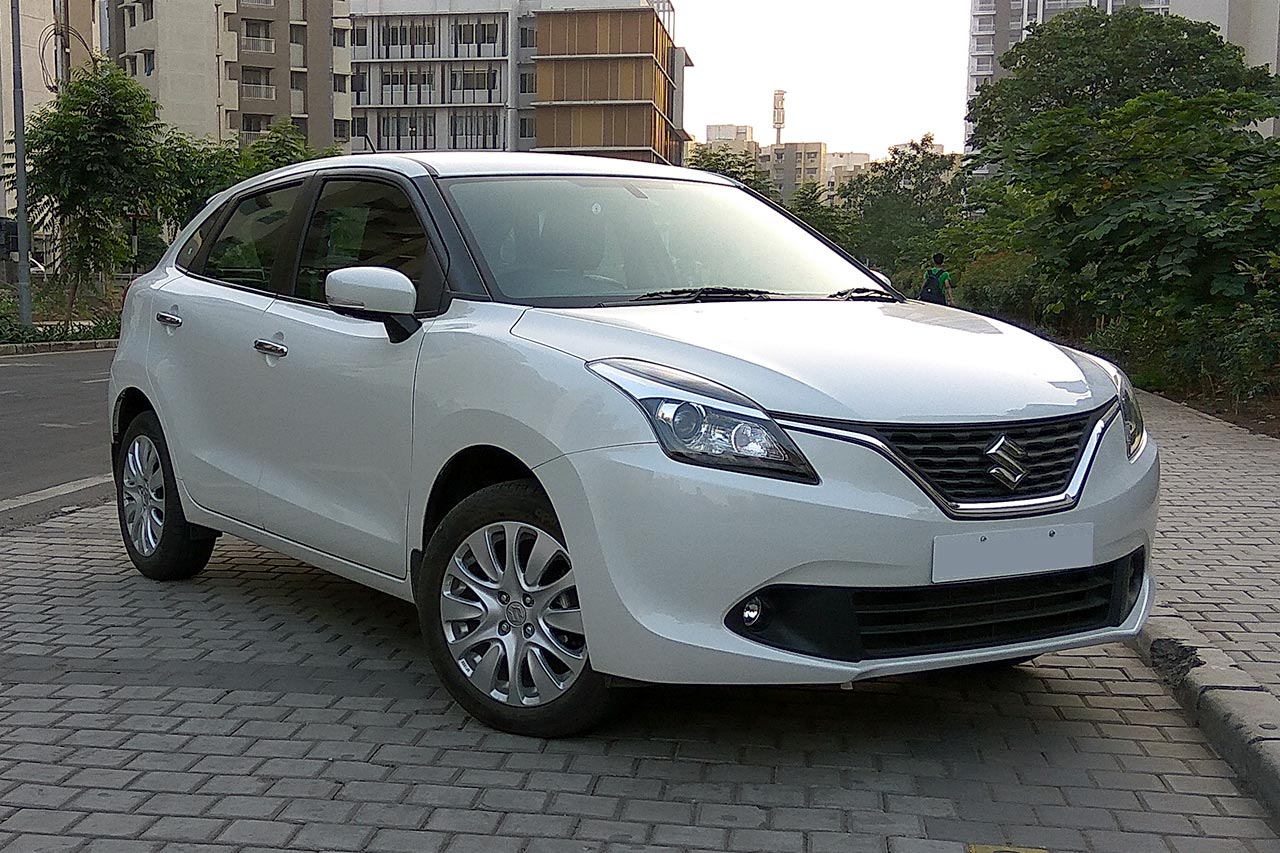Electric vehicles, or EVs, are gaining in popularity due to their ability to run on clean energy and reduce our dependence on fossil fuels. One of the most important aspects of an EV is its range, or how far it can travel on a single charge. EV range is a critical factor that determines how practical an electric vehicle is for day-to-day use.
Click here to get awesome deals on products for your electric car
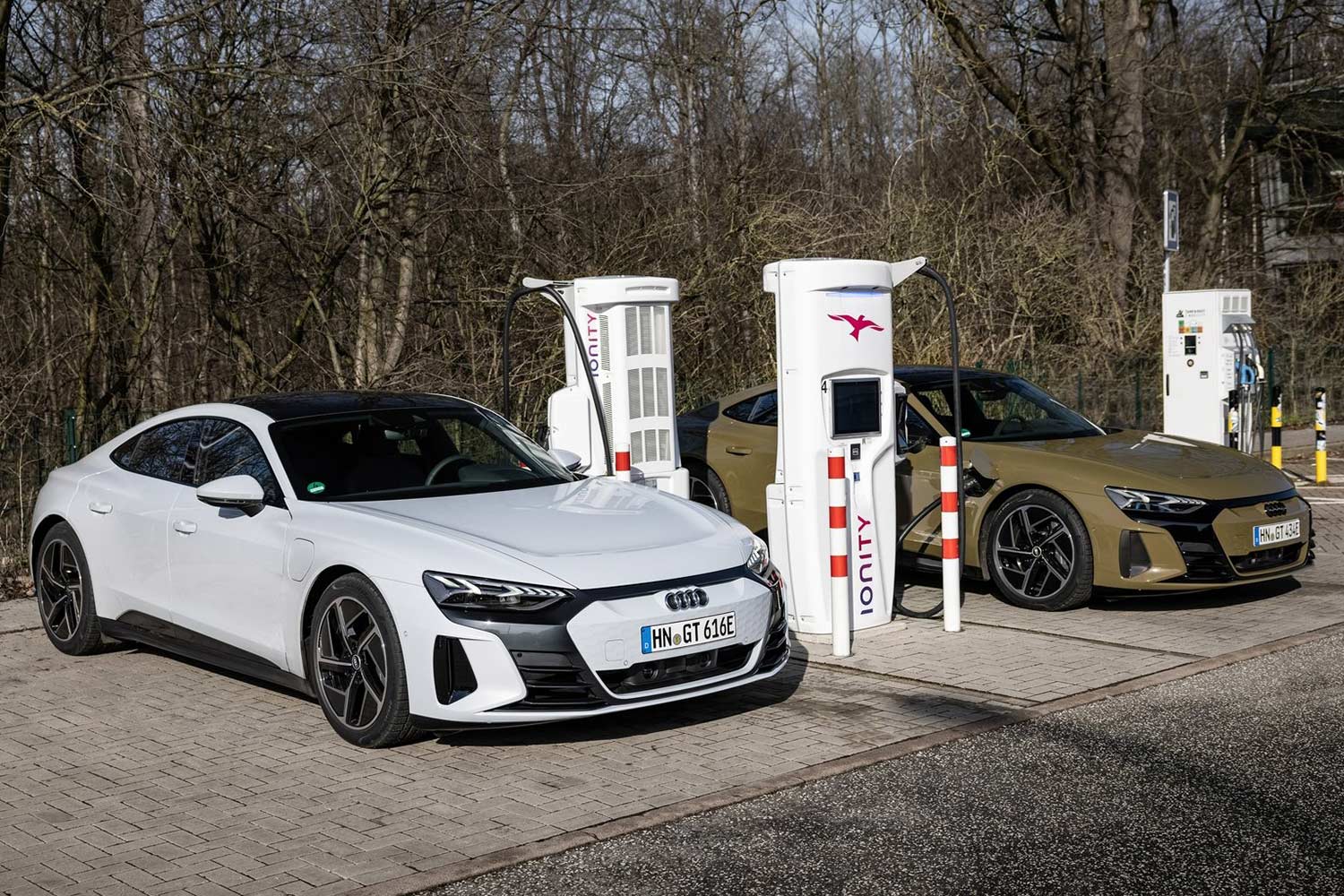
EV range has been one of the biggest concerns for potential EV buyers, as it affects the practicality and convenience of using an electric vehicle. When EVs were first introduced, their ranges were limited, and they were mainly used for short commutes or as second cars. However, as battery technology has improved, so too has the range of EVs.
Today, there are several EV models on the market that offer impressive ranges. For example, the Tesla Model S Long Range has a range of 405 miles, while the Ford Mustang Mach-E offers a range of up to 300 miles. These long ranges have made EVs more practical for everyday use and have helped to increase their popularity.
The range of an EV is determined by the capacity of its battery, which is measured in kilowatt-hours (kWh). The higher the battery capacity, the longer the range of the EV. However, the range of an EV can vary depending on several factors, as mentioned in the previous section.
However, EV range is not just determined by the capacity of the battery. There are several other factors that can affect the range of an electric vehicle. One of the most significant factors is driving style. Aggressive driving, such as accelerating quickly and driving at high speeds, can significantly reduce an EV’s range. On the other hand, driving conservatively can help to extend an EV’s range.
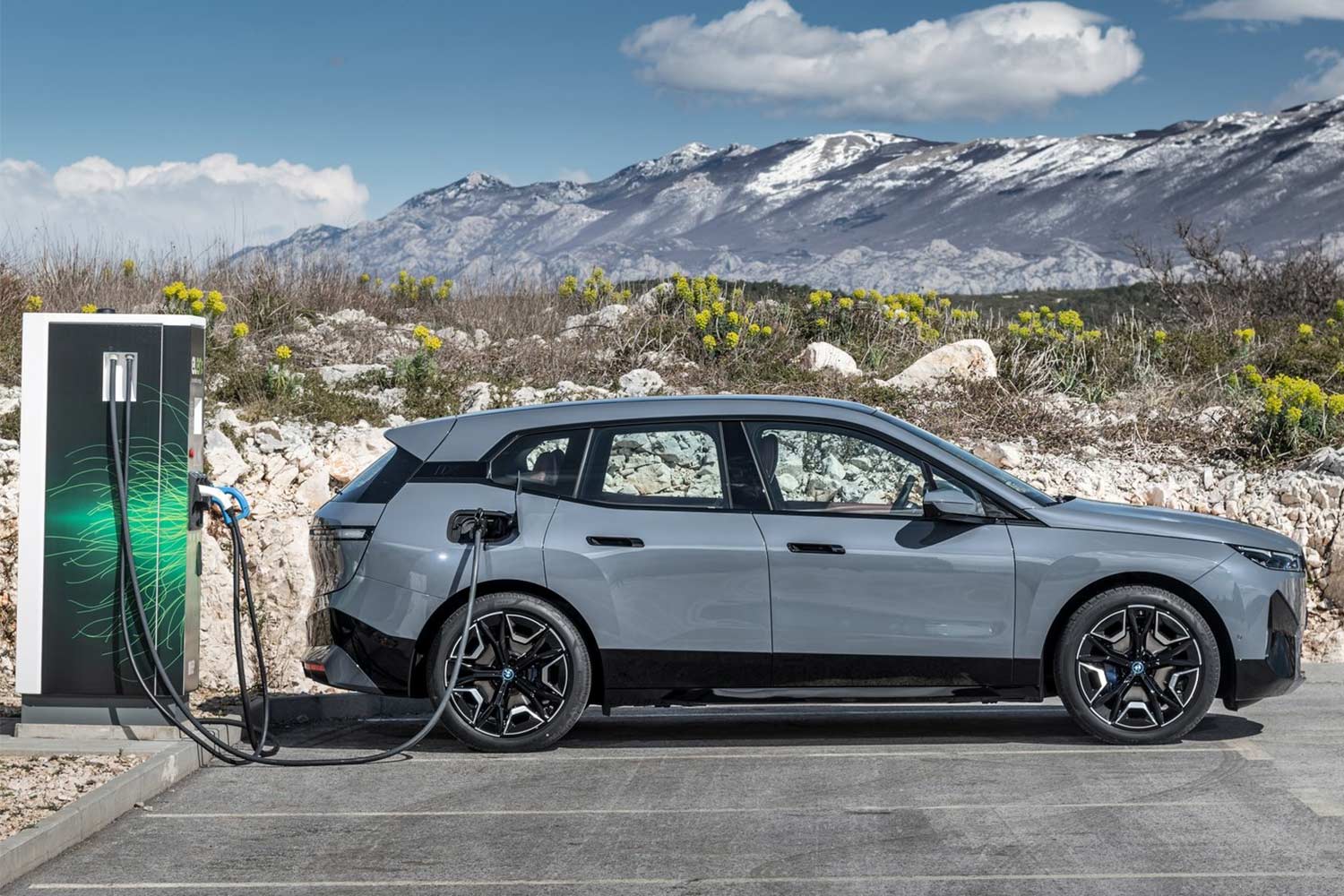
Another factor that can affect the range of an EV is the type of driving cycle. The official range ratings for EVs are determined using standardized testing procedures, which are designed to replicate typical driving conditions. However, real-world driving conditions can vary significantly from these testing procedures, and as a result, the actual range of an EV can be lower than the official range rating.
To address this issue, some EV manufacturers have introduced features that help to improve the accuracy of their range estimates. For example, Tesla’s “Trip Planner” feature takes into account the actual driving conditions, including the terrain, weather, and driving speed, to provide a more accurate estimate of the range.
Another way to extend the range of an EV is to use regenerative braking. Regenerative braking is a feature that allows an EV to recover energy during deceleration and braking, which is then stored in the battery. This can help to extend the range of an EV, especially in stop-and-go traffic or on hilly terrain.
Another factor that can affect an EV’s range is weather. Cold weather can reduce the range of an EV due to the increased demand on the battery for heating the cabin. Similarly, hot weather can reduce the range of an EV due to the increased demand on the battery for cooling the cabin.
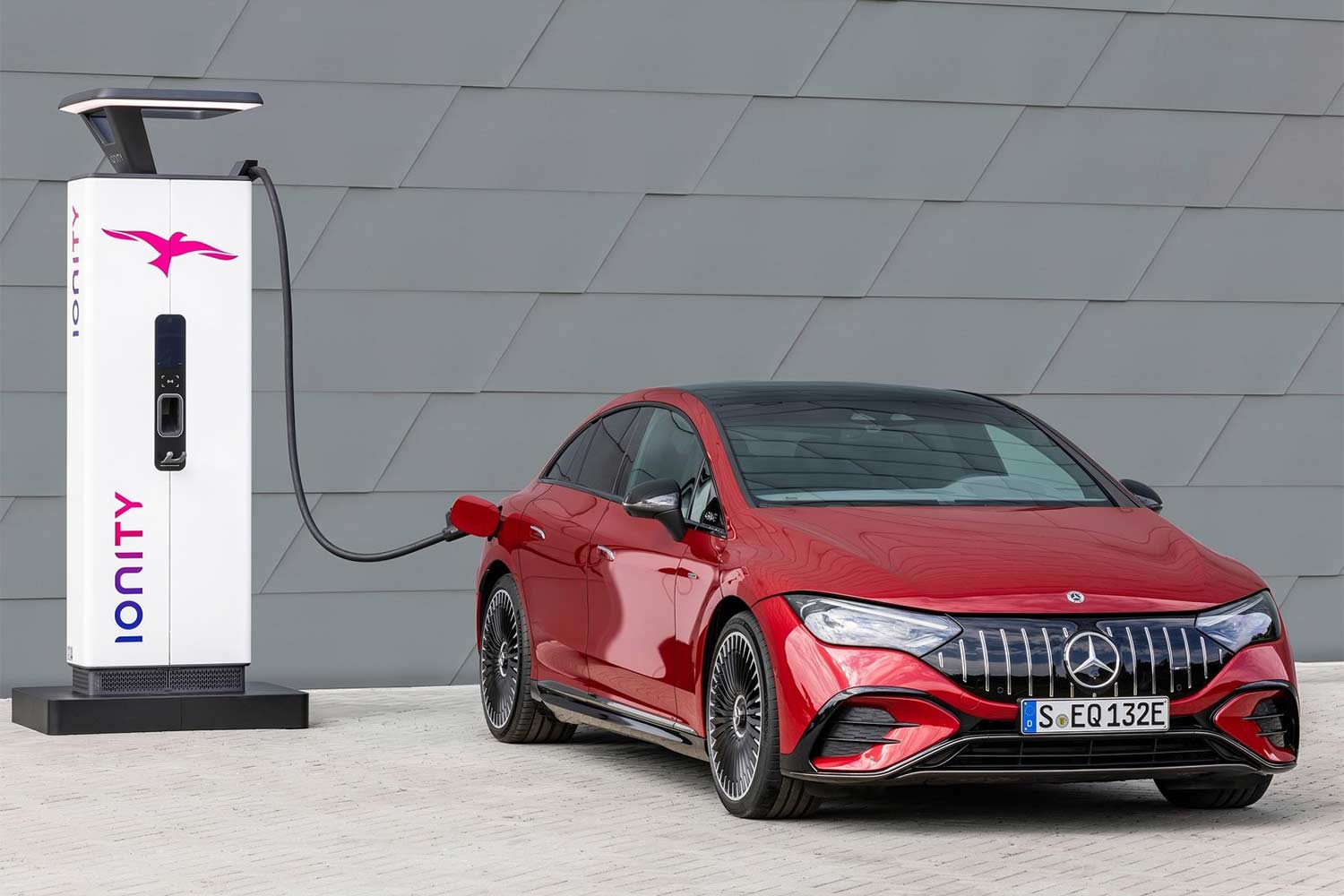
EV range can also be affected by the use of accessories, such as air conditioning or heating, and the terrain on which the EV is being driven. Driving on hilly terrain or on roads with frequent stops and starts can reduce an EV’s range.
Finally, it’s worth noting that the charging infrastructure for EVs is constantly improving. There are now thousands of public charging stations across the United States, and many businesses and municipalities are installing charging stations as well. This makes it easier for EV drivers to find charging stations when they need them, which can help to alleviate range anxiety.
In conclusion, EV range is a critical factor that determines the practicality and convenience of using an electric vehicle. While the range of EVs has improved significantly in recent years, there are several factors that can affect an EV’s range, including driving style, weather, and terrain. As battery technology continues to improve and charging infrastructure becomes more widespread, we can expect to see even greater improvements in EV range, making them even more practical for everyday use.
In conclusion, while EV range is an important factor to consider when purchasing an electric vehicle, there are many factors that can affect an EV’s range. As battery technology continues to improve, and charging infrastructure becomes more widespread, we can expect to see even greater improvements in EV range, making them an even more practical option for everyday use.
